Ghostwatch celebrates its 30th anniversary this Halloween. MACSEN MATTHEWS says the spooky masterpiece still holds strong today, leaving a legacy of real life terror in its wake
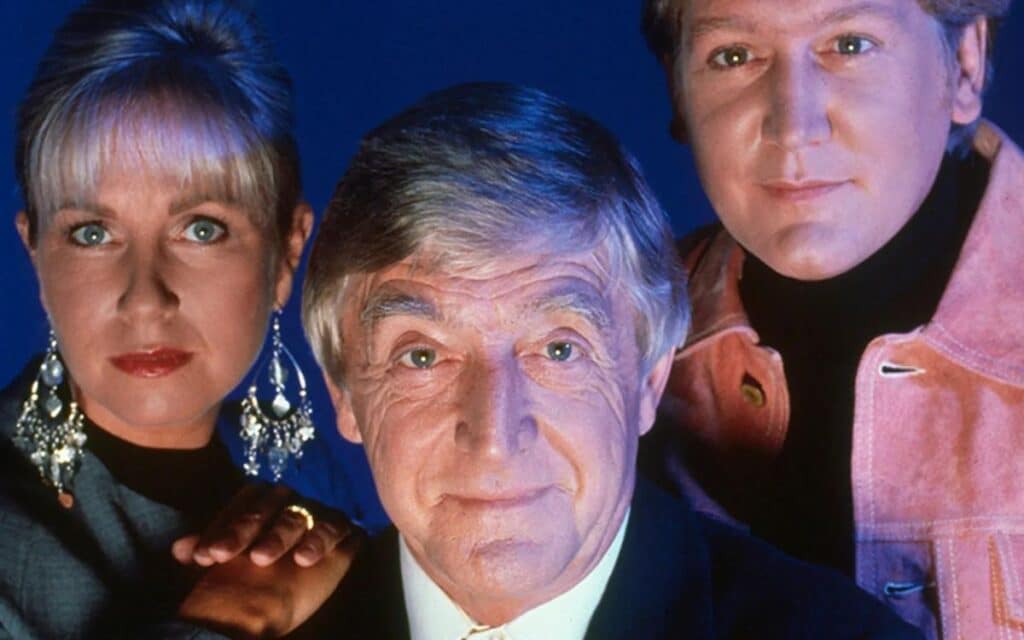
Believe it or not, 1992 was a great year for horror, with the likes of Candyman, Evil Dead III, and my own monstrous birth, proving to become the stuff of nightmares for adults and children alike.
That fateful year, one of the most infamous and legendary pieces of horror media came to grace us from one of the most unlikely of places – A BBC special.
Ghostwatch aired BBC1 on Halloween night, 1992. It is best described as a “mockumentary”, although the term had not quite entered the pop-cultural dictionary in the early 90s. It was not the first of its kind – many had used the pseudo-documentary format before – however, Ghostwatch was among the first to delve into the realms of the supernatural, presenting the classic ‘ghost story’ in a factual manner, without the satire that often accompanies the ‘mock-’ part of the genre.
With this in mind, it’s no surprise how this one off piece of fiction accidentally fooled the nation.
The Plot
If you haven’t yet seen Ghostwatch, you should dip out of this article now and come back when you have, because this is the lowdown:
Presented by good old Michael Parkinson, Ghostwatch follows the “live” investigation of a house in Greater London, home to Pamela Early and her daughters, Suzanne and Kim.
The family report strange happenings centered around a ghost they nicknamed Pipes – named after the initial belief that the noises were “just the pipes”.
The on-site investigation is led by Blue Peter’s Sarah Greene with Craig Charles, who are in seemingly good spirits (pun intended) at the beginning of the night. Back in the studio, Parky is joined by Mike Smith, Greene’s real-life husband, and Dr. Lin Pascoe, a “paranormal expert”, portrayed by Gillian Bevan.
Throughout the night, the weirdness increased, very much mirroring the real-life Enfield Poltergeist case, even to the point of “catching” the girls initiating some of Pipes behaviors. When they are caught red-handed, Parkinson – being the reliable, down to earth presenter that he is – dismisses the entire haunting as a hoax, but Dr Pascoe is undeterred, as are the supposed “live viewers”.
Throughout the show, a number is displayed, encouraging viewers to call in and report their own ghostly visitations and share their opinion on the events taking place. These “viewers” begin to report sightings of Pipes in the background of the broadcast, and eventually, a caller reveals that unknown to Dr Pascoe and her research, a former tenant of the house, Raymond Tunstall, lived and died there, whilst believing himself to be haunted by the spirit of a 19th century baby farmer, Mother Seddons – Inspired by the real-life Amelia Dyer.
Even as the girls are discovered creating some of the activity, calls continue to escalate, with “viewers” claiming bizarre happenings are taking place in their own homes and that their own children are acting strangely.
Through this, Dr Pascoe realizes the broadcast has manifested a “national séance” which provides Pipes with incomprehensible power. The broadcast is disrupted and the police arrive at the Early house, only for Sarah Greene to be dragged back inside and trapped, much to her husband’s dismay. Pipes takes control of the studio, blowing out lights and causing panic.
Now alone in the darkened studio, our host, Michael Parkinson wanders aimlessly. His speech disintegrates until, in Pipes own voice, he chants nursery rhymes and the film ends abruptly.
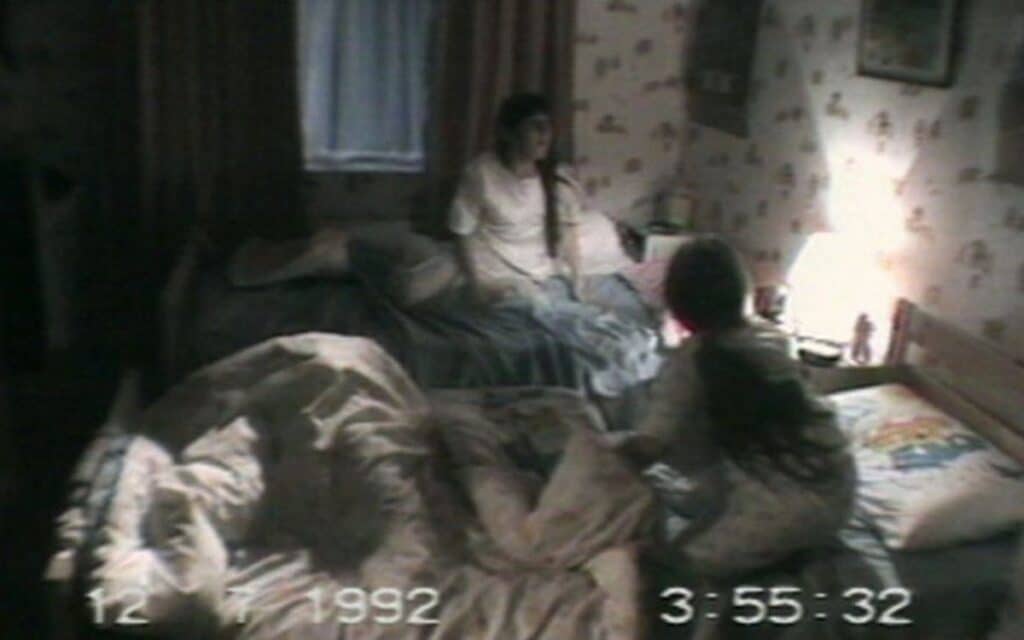
Aftermath
What was meant to be a frightfully fun mockumentary ended up traumatizing a nation. I mean that quite literally.
A report in the British Medical Journal in February 1994 and its subsequent responses suggested Ghostwatch caused post-traumatic stress disorder in six children between the ages of 10 and 14. If this were a tabloid article, it may earn the heading, “Ghostwatch gave my kids PTSD!” But this claim isn’t quite as serious as it sounds. Even the article itself goes on to describe the children’s states as a “brief anxiety reaction to the television program”. In layman’s terms, kids were scared of a TV show, then when on with their lives. The same thing happened to me when I watched Watership Down, and I haven’t brought it up to my therapist. Yet.
However, if this was the only instance of an adverse reaction to a single program, we wouldn’t be here, would we?
It’s said that the BBC switchboard received over one million calls following the broadcast. Not all of these were complaints – many were praising the film’s dynamic format and some were callers trying to report their own ghostly experience or join in with the show. Still, some report an estimated 30,000 angry calls, with Parky’s own mother among them.
People – especially children – were terrified. Sarah Greene even appeared on Children’s BBC the following Monday, to assure youngsters she was fine and the film was a piece of harmless fiction.
But the tabloids were not finished with Ghostwatch.
Certainly, the most tragic tale to come out of the whole affair was the very real death of 18-year-old Martin Denham. Martin was a factory worker, reportedly living with unspecified learning disabilities, who according to his parents, became terrified of ghosts following the program and went on to commit suicide five days later. His own house was said to host a faulty heating system and he connected the knocking of the pipes to Pipes the ghost. In their rather understandable anger, Martin’s parents blamed Ghostwatch for his death, however, the Broadcasting Standards Commission refused this complaint, along with 34 others which claimed the film caused viewers psychological distress. They were however, required to hear the complains and respond, stating that “The BBC had a duty to do more than simply hint at the deception it was practicing on the audience.”
In response, the BBC issued an apology, recognizing that had they predicted the audience response, they would have made Ghostwatch’s fictional nature more clear.
Ghostwatch – written by Stephen Volk – has never been re-aired on any UK television network. However, this did not mean it went unnoticed.
Impact
As is often the way, the delectably taboo status of Ghostwatch probably helped to encourage its cult status. Even before it’s VHS release in 2002, as well as the upcoming Blu-ray, the phenomenon that is Ghostwatch went on to inspire the creative endeavors of a generation.
One of the most well-known examples of this is illusionist, Derren Brown’s TV special Séance, in which a false story of a student suicide pact is presented as real to a group of Roehampton University students. During the televised séance, viewers were invited to participate on their own and encouraged to report and strange goings on they experienced. If you hadn’t already guessed, the story was fiction and the “ghost” the student’s believed they were channelling – a woman named Jane – appeared alive and well at the end of the show. While this was an example of the unintentional mind games at play during any attempted séance, Brown has stated that he was directly inspired by Ghostwatch.
Another excellent example of the legacy of Ghostwatch can be seen in the black comedy series, Inside No. 9, and their Halloween special, Dead Line. Broadcast live, the filming of the episode seems to go astray, with interference in sound and picture resulting from Granada Studio’s alleged real-life ghost. Throughout its duration, audience’s and actors interact with each other on Twitter in real time.
I’d also argue the echoes of Ghostwatch inspired the development of the contemporary paranormal-reality program trend. Ghost hunting shows, the likes of Most Haunted and Ghost Adventures, although controversial in themselves, exploded as a genre in the early 2000s. Prior to this we had Unsolved Mysteries, and Arthur C. Clarke’s Mysterious World, which dramatized the occasional ghost story, but they never really put us, the audience, in it with them. Although intentionally fictional, Ghostwatch showed us the scares that can come from the investigation itself. It propels us to the edge of our seat with rising tension, a structure which is mirrored in paranormal TV.
Despite conflicting reports on exactly when its directors saw Ghostwatch, we couldn’t pass by the similarly infamous Blair Witch Project, which became a corner stone of the found footage genre. Both films give their in-universe ghosts a voice through “locals” who convey the relevant lore and take some of their narrative starting points from real-life hauntings, in this case, The Bell Witch.
Why It Works
But what is it that makes Ghostwatch so scary? Thirty years later, we can re-watch and notice how its scenes and acting are clearly scripted, it’s fair to question just how anyone thought it was real at the time. It aired at 9pm, post watershed, as part of BBC’s Screen One – a fictional anthology series, so why were so many people fooled?
What Ghostwatch did so well, was blur the lines between fact and fiction. It’s casting was genius – hand picking a variety of our most trusted famous faces and getting them to deliver fictional content. Who would believe Michael Parkinson would try and fool us? He’s not an actor, is he? That’s what makes his end possession scene especially chilling.
Sarah Greene, a well-known children’s presenter – on something as wholesome and trusting as Blue Peter – would never be put in any actual danger, would she? That’s not very family friendly, and that’s what makes it brilliant. When she and Mike Smith – her real life husband – show genuine affection and fear for the other’s safety, it makes the audience believe it too.
We expect the cast to deliver us factual news. They’re not actors. They’re not playing a role and so we expect to trust what they say and what they do. Putting these innocent, everyday TV presenters in fictional situations doesn’t just break the fourth wall, it tears it down and threatens us with it. We’re inclined to believe the horrifying happenings are true, and that means it could happen to us just as easily.
As for audience interaction, I’ve already mentioned the phone line. Of course, with fictional “callers” furthering the plot by reporting sightings of Pipes behind curtains and in shadowy bedroom corners, real callers tried to do the same. The ghost can be spotted throughout the program, in some cases, passing by unnoticed by all involved, encouraging the real life audience to call in to report it.
As a fictional show – prerecorded, of course – the real life caller was met with a message reinstating that the show was fiction, but asking the them to share their own paranormal story if they wished. What could not have been predicted was the sheer number of calls Ghostwach received. There were so many, in fact, that the switchboard crashed and the nice, reassuring little message, was not played. As prerecorded “calls” were still discussed on the show, a fun little piece of interactivity took on a whole new realism.
Even mirroring the infamous and supposedly true Enfield Poltergeist case, and including a baby farmer inspired by a real murderer worked to sway the public into belief. Those in the know would have thought, “Oh, I’ve heard of that!”, and without the likes of google to support or deny the details of such things, the audience likely recognized the stories and this swayed their belief, even on an unconscious level.
Of course, this wouldn’t happen today. Not in this age of social media – something Inside No. 9 used in its favor during its own Halloween broadcast. Today, a quick google search would have (probably) told us we were watching a piece of interactive fiction. Unlike the pseudo-horror documentary style fiction before it, such as Cannibal Holocaust, Ghostwatch didn’t intent to fool its viewers. Much like Orson Welles’s War of the World radio broadcast, it wasn’t really meant to be believed. But just like that day in 1938, people tuned in and were fooled.
Ghostwatch completes this divine trinity of ‘true’ horror media. If War of the Worlds is the father and Cannibal Holocaust is the bloody son, Ghostwatch is indeed the Holy Spirit. After 30 years, an unofficial BBC ban, later cult followings, personal-mass screenings and subsequent documentaries, Stephen Volk’s masterpiece still hold strong today, leaving a legacy of real life terror in its wake.
Tell us your memories about Ghostwatch in the comments section below!

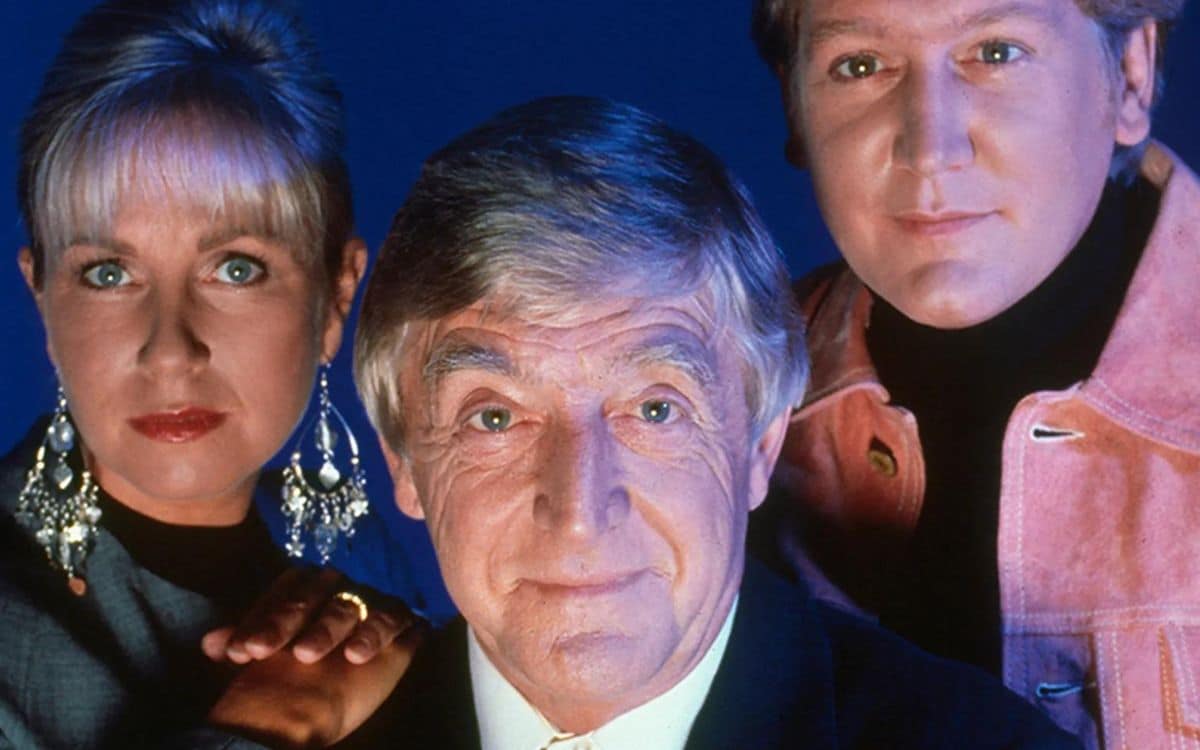

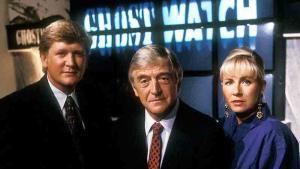
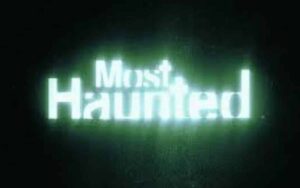
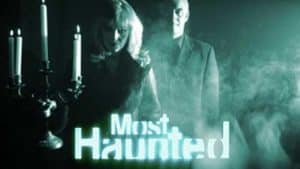

My memories of Ghost Watch were watching it as it aired that Saturday Night on BBC One. The other channels were also showing Horror films into the night like Creepshow & The Fog.
It was a great if not one eerie Saturday Evening for a 12-Year-old me… at the time. I picked up the GW VCD disc from eBay in 2002 – it was banned for many years, until recent years, and thanks to the new re-release this October 2022.
As a 14 year old this really spooked me out at the time! Without the aid of the internet & social media, like many others my friend & I believed them when they billed it as real & missed the disclaimer at the start that it wasn’t! It wasn’t until the stuff started happening in the studio that we cottoned on! Classic Childhood Memory though! 😍
I loved this programme, and totally believed everything I was seeing & hearing …. I only realised that it was acted because of the credits at the end!
Should be shown again.